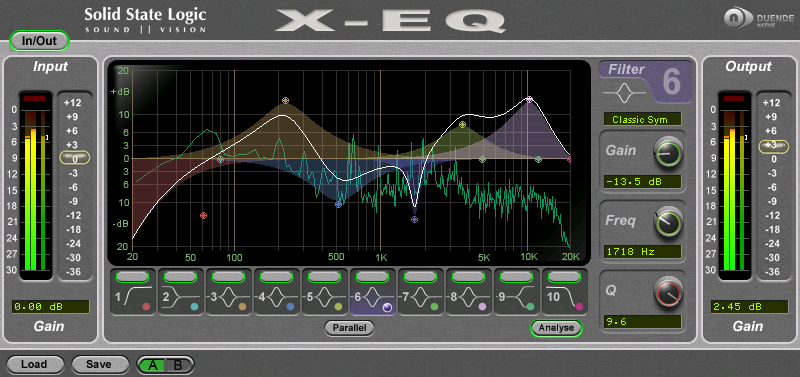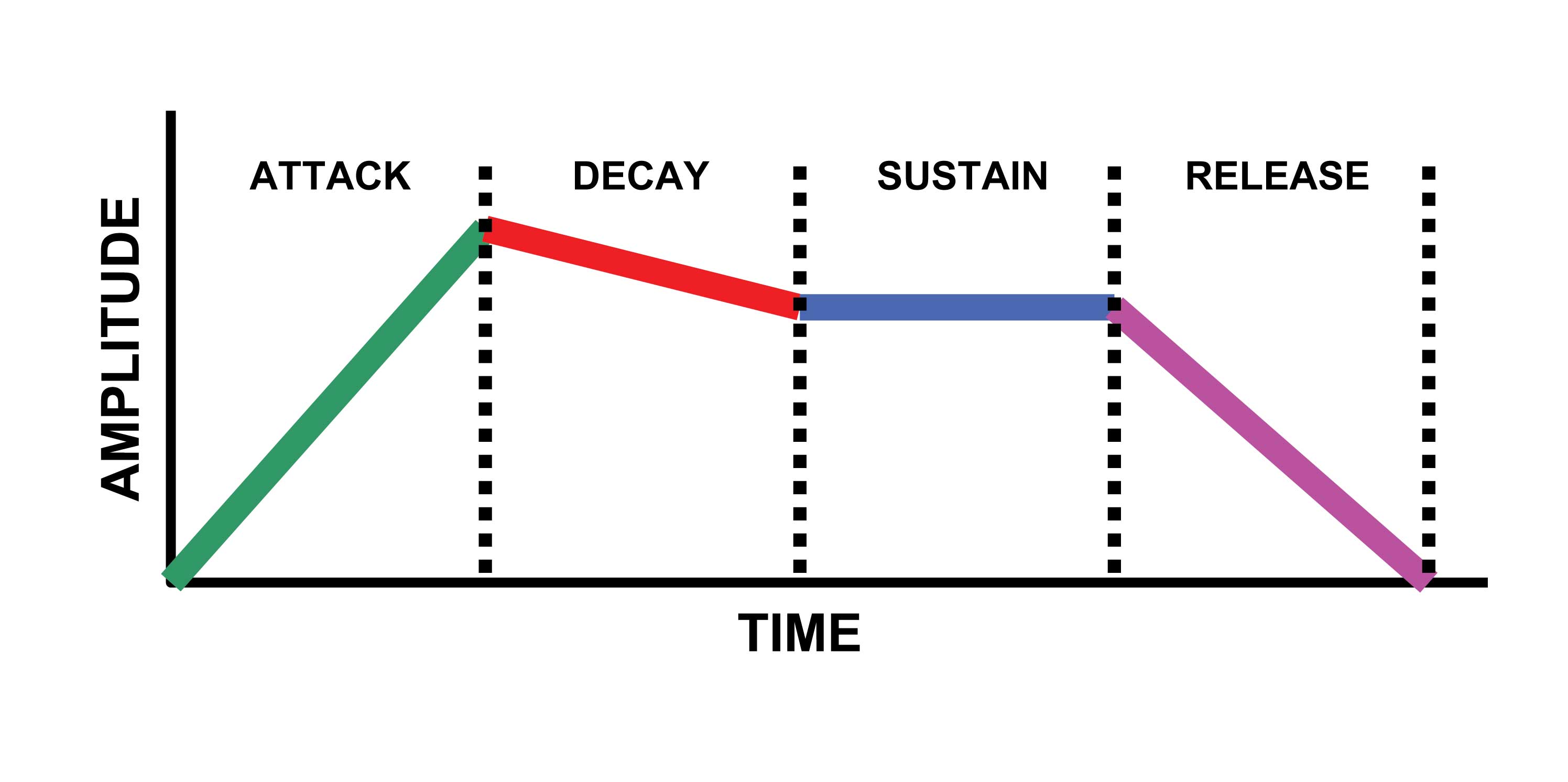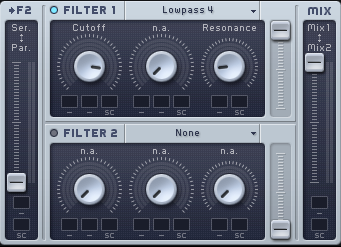
Types Of Equalizers – Finding The Right One When Mixing Your Music
Just like Filters, Equalizers take a big stand when making your music so today we decided to break down the types of EQs while helping you find the right one and apply it to your newly created songs when mixing.
We’re going to talk about both Passive EQs and Active EQs while trying to find out when you can use each one of them and what role do they play when it comes to mixing your sounds. This and a lot up next in the video placed on top of this post so hit play and let’s see what this new tutorial is all about.
Passive EQs
First off, Passive EQs gained their name because they use passive electronic components like inductors and capacitors and theoretically a Passive Equalizer can only apply a cut and that means all frequencies are attenuated by a certain amount except for the ones that require a boost. That section is attenuated less and the tool makes the impact you desired for mixing. The boost is achieved by a second amplifier that is able to add gain back to the signal and the frequencies that were attenuated less are actually now boosted considerably. Passive EQs have a low noise level and they can give a very pleasant sound.
Active EQs
On the other hand Active EQs use active electronic components and just like you guessed this is how they gained their name in the industry. They are able of creating a boost which is achieved by a “feedback loop” that sends the selected frequency back to the amplifier when live. A huge advantage for using Active Equalizers when mixing your music is a very low cost but this really depends on brand and model usage. The bad news is that the active components can generate some considerable noise but most of the time this is on a relatively acceptable level. These are both physical EQs but when we’re working with digital EQs we are able to obtain a lot more boost with good costs involved. Digital Equalizers will also generate less noise with the phase-shift with a great precision and the ability to reset if you want to start off a new mix or sound.
Just to touch on this matter, we’re going to compare Digital EQs with analogues while trying to find out what tool helps more when mixing music. Play out the rest of this tutorial to spot the main differences. Enjoy!



